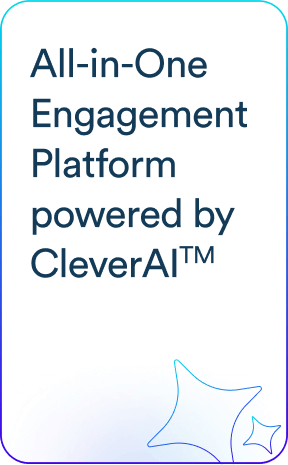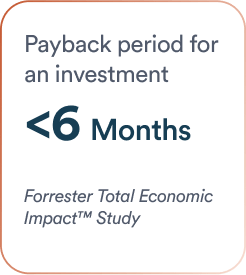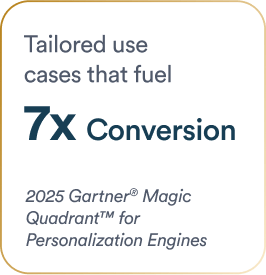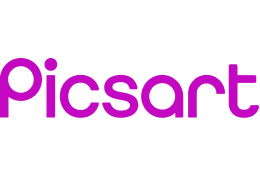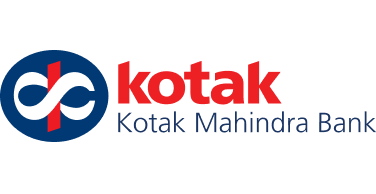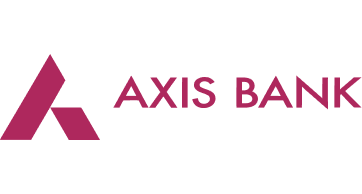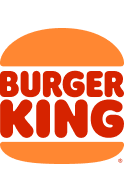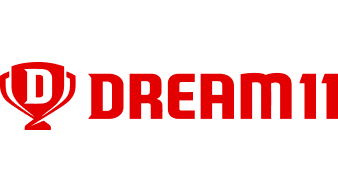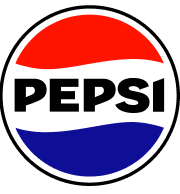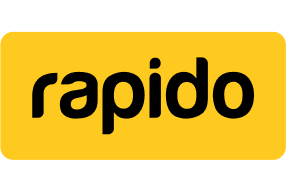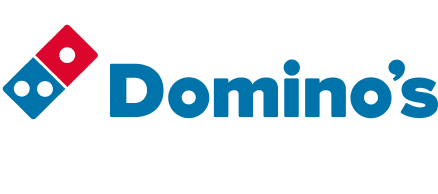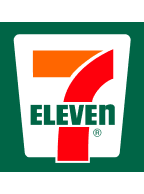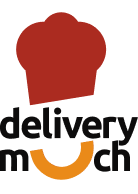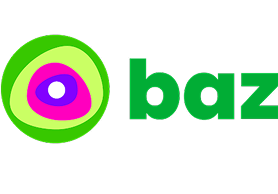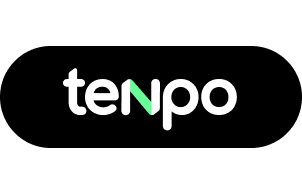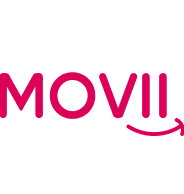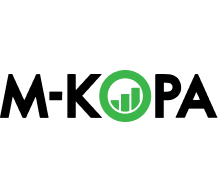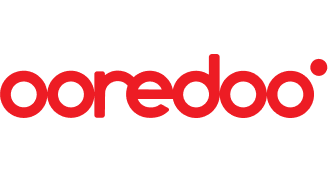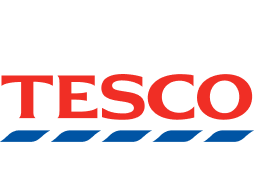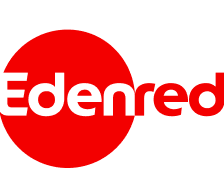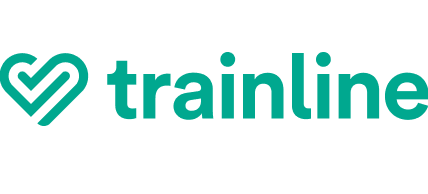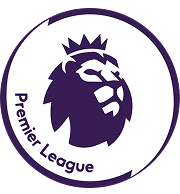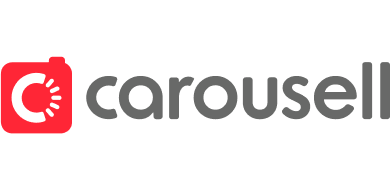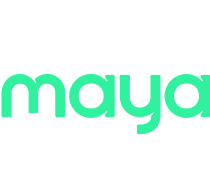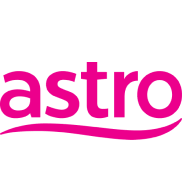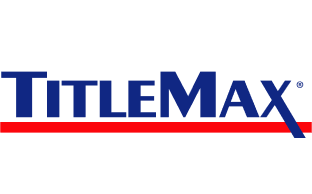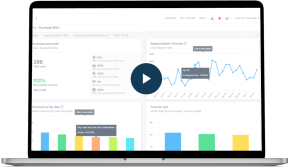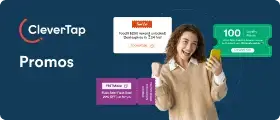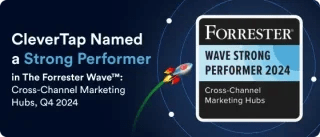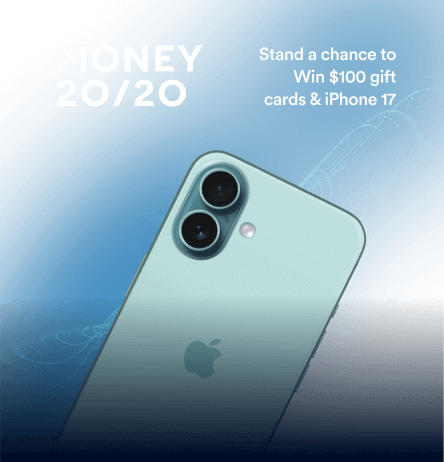Loyalty points offer a reason for customers to shop with you again. Shoppers tend to return to stores where they can redeem loyalty points for added benefits.
It’s a win-win situation for brands and shoppers. The former gets to increase the lifetime value of a customer while the latter enjoys exclusive benefits. If you’re considering a loyalty program, it’s logical for your bottom line. In fact, acquiring a new customer can cost 5 to 25 times more than keeping an existing one.
Most customers today expect brands to offer such programs. PWC reports that around 71% of tech-savvy U.S. shoppers belong to loyalty schemes. These programs help turn one-time buyers into repeat buyers, making every transaction a step toward the next reward.
What are Loyalty Points?
Loyalty points are essentially a virtual account balance of rewards that a customer accrues with each interaction. For example, a shopper might get 1 point per dollar spent, or 10 points for every purchase. Points are credited to a loyalty wallet (a digital ledger) and can later be redeemed for rewards, such as discounts or exclusive perks.
They represent deferred value, unlike instant cashback. You save up points until you “cash in” on a reward. Points programs go by many names:
- Airlines call them miles. e.g., SkyMiles, Flying Returns
- Coffee shops use stars or beans
- Online retailers use “coins” or “supercoins”.
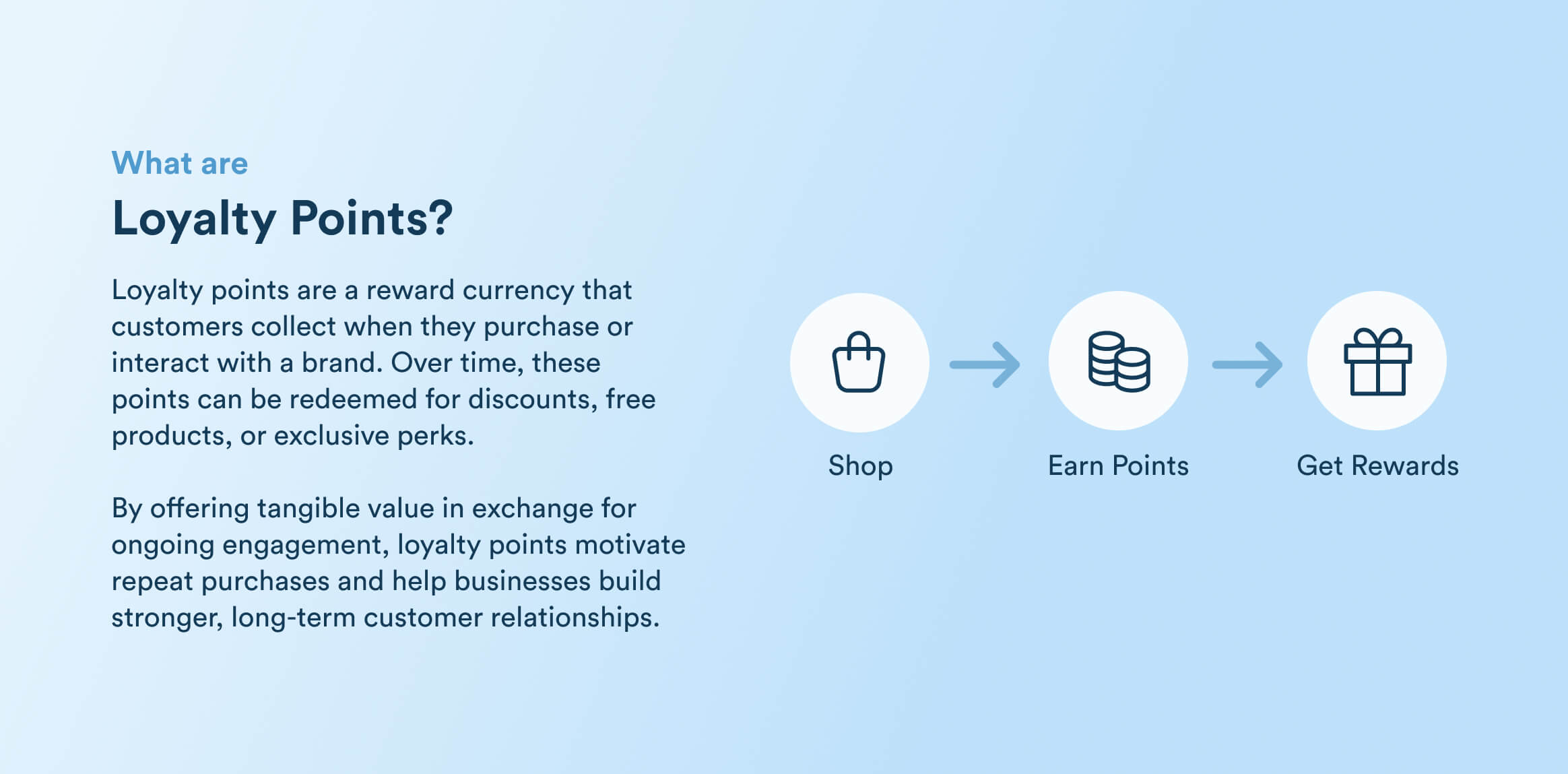
There are many names for loyalty points. Third Wave Coffee refers to them as Wave Coins, much like Starbucks uses the term Stars. You can come up with something more creative that resonates with your brand.
However, it’s best to look into the cost of building a loyalty program before taking the first step.
How Do Loyalty Points Work?
You get points for purchases. For example, a dollar spent earns you one loyalty point. Similarly, a referral bonus can also earn you loyalty points. In some cases, points are added when you reach a specific milestone, such as five purchases of $100 or more. Some programs reward non-purchase actions, such as app usage, social shares, or writing product reviews.
Once points are earned, they appear in the customer’s loyalty wallet. As the balance grows, the customer approaches reward thresholds. For example, after 500 points, they might unlock a 10% off coupon, or at 1,000 points, a free product.
When ready, the customer redeems points in one of several ways:
- Discounts: Apply points to get a percent-off or fixed-amount discount at checkout.
- Free Products: Trade points for free items, for example, a free drink, meal, or gift.
- Upgrades: Upgrade service or status, such as hotel room upgrades, travel class upgrades, or free shipping.
- Partner Rewards: Convert Points to Partner Rewards. For example, converting 100 points to get a different brand’s discount coupon.
Most programs display your balance and the number of points required for the next level of perks. Many also impose point expiration or encourage spending before a deadline. High spenders often progress through levels, unlocking richer rewards or faster earnings.
Related: Learn how to measure loyalty points with metrics and formulas
For example, a travel program might offer basic members 1 mile per dollar, but top-tier members 1.5 times or 2 times the points and free upgrades.
Types of Loyalty Points Programs
Below are a few different types of loyalty points that businesses use in their retention model.
- Basic Points: These are earn-and-burn systems, where customers simply accumulate points by shopping and redeem them at will. This “every dollar = point” model is common in retail and e‑commerce. For example, a coffee shop app might offer 10 points per purchase with no tiers.
- Tiered Programs: These add status levels. Customers earn points to advance to higher tiers. For example, the most basic level is Bronze, and as a buyer accumulates loyalty points, they advance to higher tiers, such as Silver, Gold, and Platinum, unlocking additional perks. Airlines and hotels often use tiers: a Gold member might earn double points and free upgrades, while a Blue member earns standard points.
- Partner-Linked Points: Customers earn or redeem the same currency across multiple brands or partners. For example, coalition programs or airline alliances allow points from one brand to be used with another.
- Gamified and Challenge-Based: These programs reward customers for completing tasks or challenges. Fitness and education apps often do this. Gamification drives engagement, and people get more reward points.
- Paid Membership + Points: A subscription model bundled with a points engine. For instance, Amazon Prime is a paid membership, though it doesn’t use points per se, it exemplifies the idea. Some retailers offer a paid “premium” program that includes points as a benefit. The paid fee earns members extra points at a higher rate or free points annually, in addition to other perks.

Every model fits into an industry better than others. Based on your area of work, choose the type of loyalty points program that serves you the best.
Why Loyalty Points Work for Retention
Loyalty points work with proven psychological triggers and business economics to encourage retention. Here’s how loyalty points work for retention:
- Loyalty Programs Use Positive Reinforcement: Earning points reinforces the habit of returning, associating your brand with a reward.
- Loss Aversion Drives Urgency:
People feel the pain of losing points more than the joy of earning them. The fear of losing unused points pushes them to make a purchase. - Tier Thresholds Motivate Accelerated Purchases: When customers are close to unlocking a higher tier, they often buy more just to access additional benefits.
- Expiration Dates and Streak Mechanics Increase Frequency: Businesses create urgency through limited-time offers or rewards tied to consecutive purchases.
- Anticipation and Progress Release Dopamine: Watching points grow and crossing tiers gives customers a small but satisfying mental reward.
- Points Create Sunk Costs: Once customers accumulate points, they feel invested and are less likely to switch to another brand.
- Habitual Behaviors Develop Over Time: Customers start checking their point balance regularly and shop more to avoid “wasting” unused rewards.
CleverTap, a customer engagement platform, uses wallet balances and past behaviour to trigger more targeted offers. For example, you can push a message: “You’re only 20 points from a free upgrade!” to nudge a purchase.
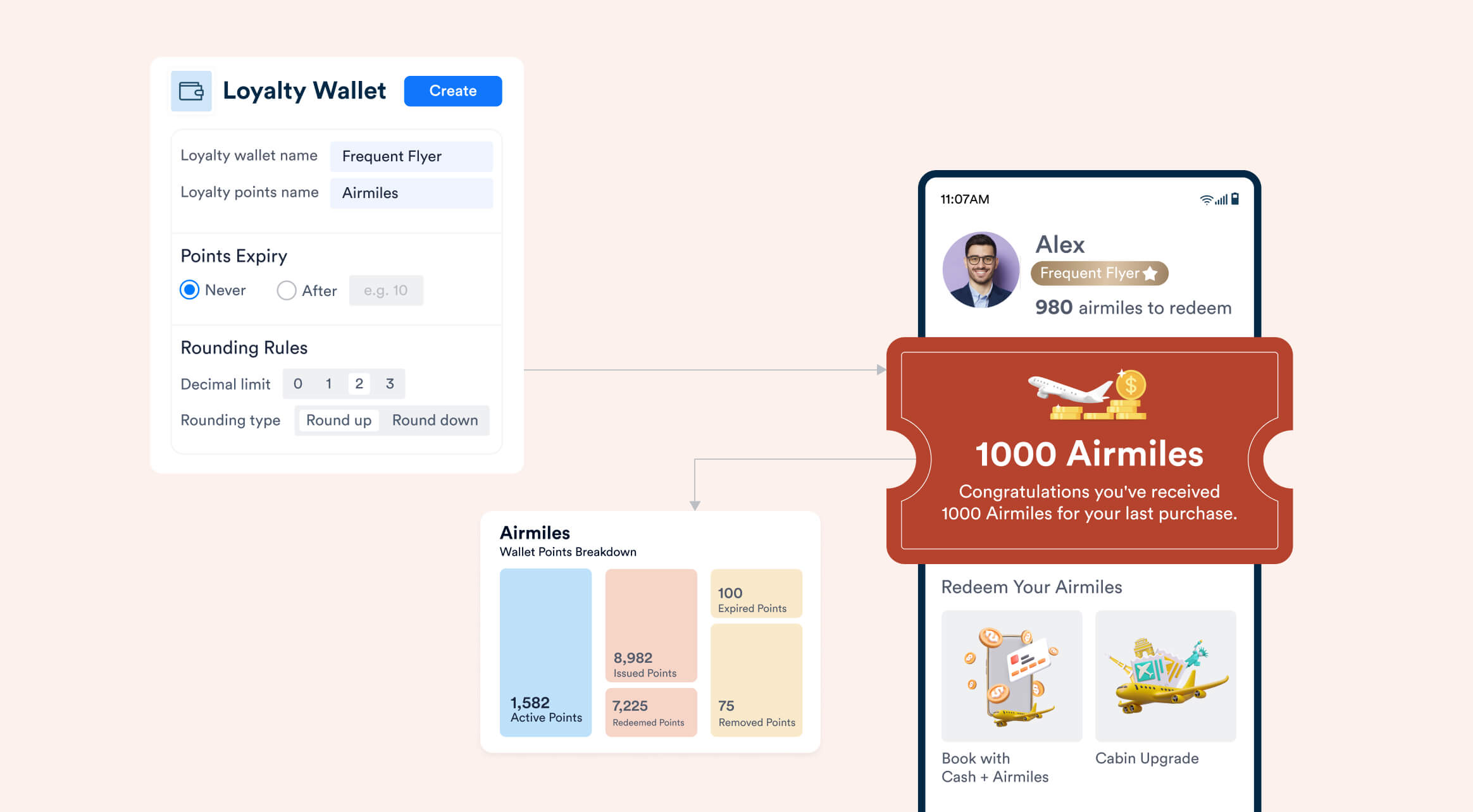
From a business standpoint, loyalty pays off as engaged customers spend more. For instance, Starbucks reports that Rewards members visit more frequently and spend more per visit than ever before.
This makes loyalty points effective as customers are already invested, making shoppers feel invested, while providing brands with valuable data and incentives to encourage repeat spending. Overall, loyalty points create a habit loop and give shoppers a sense of progress. Ultimately, it drives increases in sales and long-term value.
Real-World Loyalty Points Examples
Below are some examples of brands that have active loyalty programs.
1. Starbucks Rewards
Starbucks Rewards enables members to earn Stars on every purchase made through the app. Stars can be redeemed for free drinks or food.
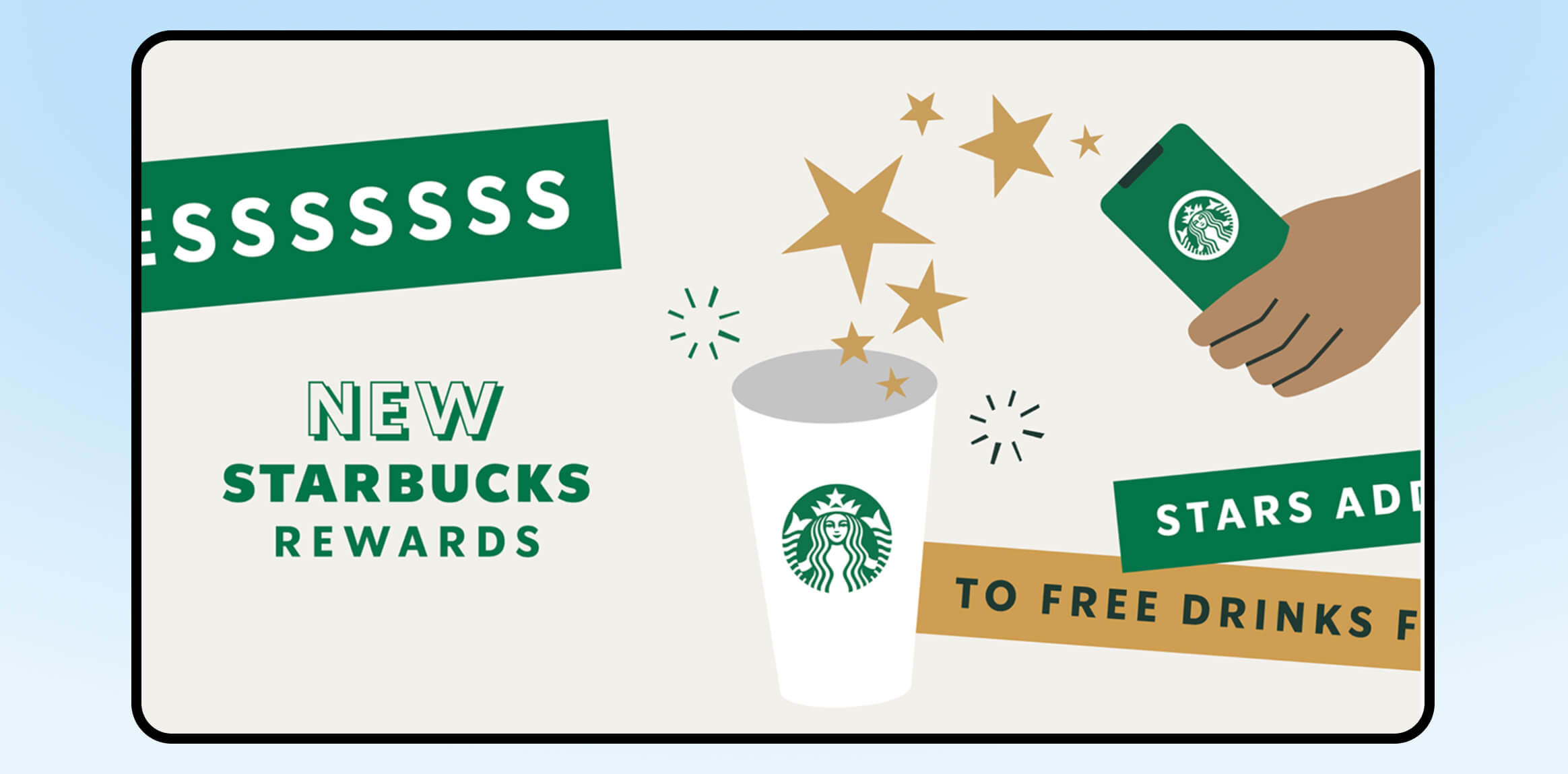
This “digital-first” approach keeps the program sticky.
You earn 3 Stars for every £1/€1 you spend, so you can get free drinks more often. Gold members receive additional perks, including complimentary espresso shots, syrups, whipped cream, or dairy alternatives.
Starbucks loyalty program members get to try new and seasonal drinks before anyone else. It lets you order ahead, customize your drink, and save your favorite orders using the app. Additionally, Gold members also receive a complimentary drink on their birthday.
2. Flipkart Plus
Flipkart’s free loyalty program awards SuperCoins on every purchase. SuperCoins can be spent like cash. The brand also allows members to use coins for an extra 5% off any product.
The program is unique in offering ubiquitous discounts across all categories, with no blackout dates. Its broad flexibility and heavy promotion drive many active users. Here’s how the company promotes its loyalty program:
Flipkart Plus members enjoy daily discounts and early access to sales, which increases engagement and repeat orders.
3. Uber One
Uber One enables its members to travel affordably every day while unlocking exclusive promotions and member-only deals. They get the top-rated drivers with 10% Uber One credits on every ride.
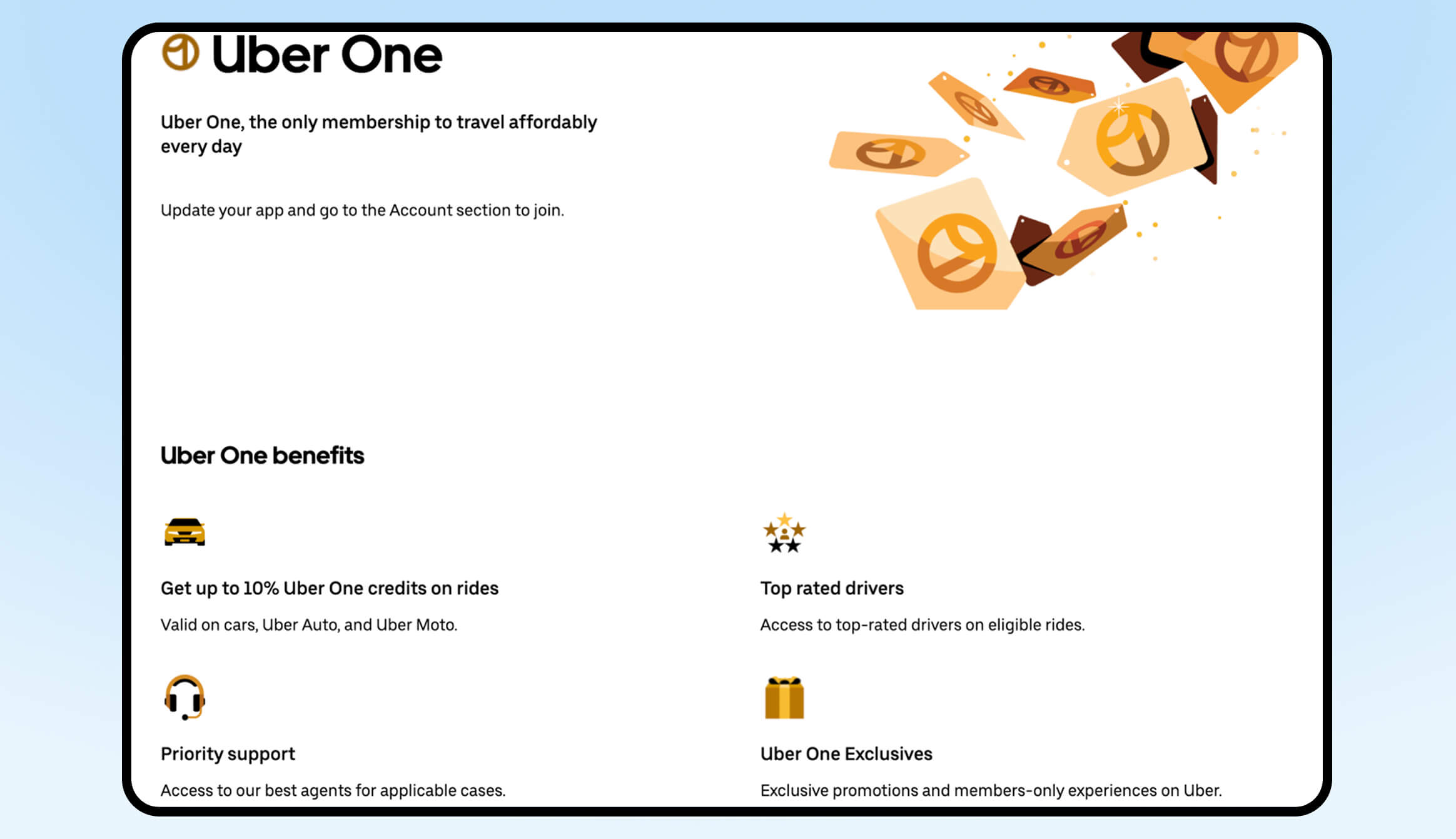
The company has set an expiry date of 60 days on these credits, encouraging patrons to use them before they become unusable. It brings back Uber’s customers to the platform and motivates them to book a ride with Uber, rather than other competing brands.
4. Chipotle Rewards
Chipotle’s points program is free to join and very simple: members earn 10 points per $1 spent. Points can be exchanged for menu rewards via the Rewards Exchange.
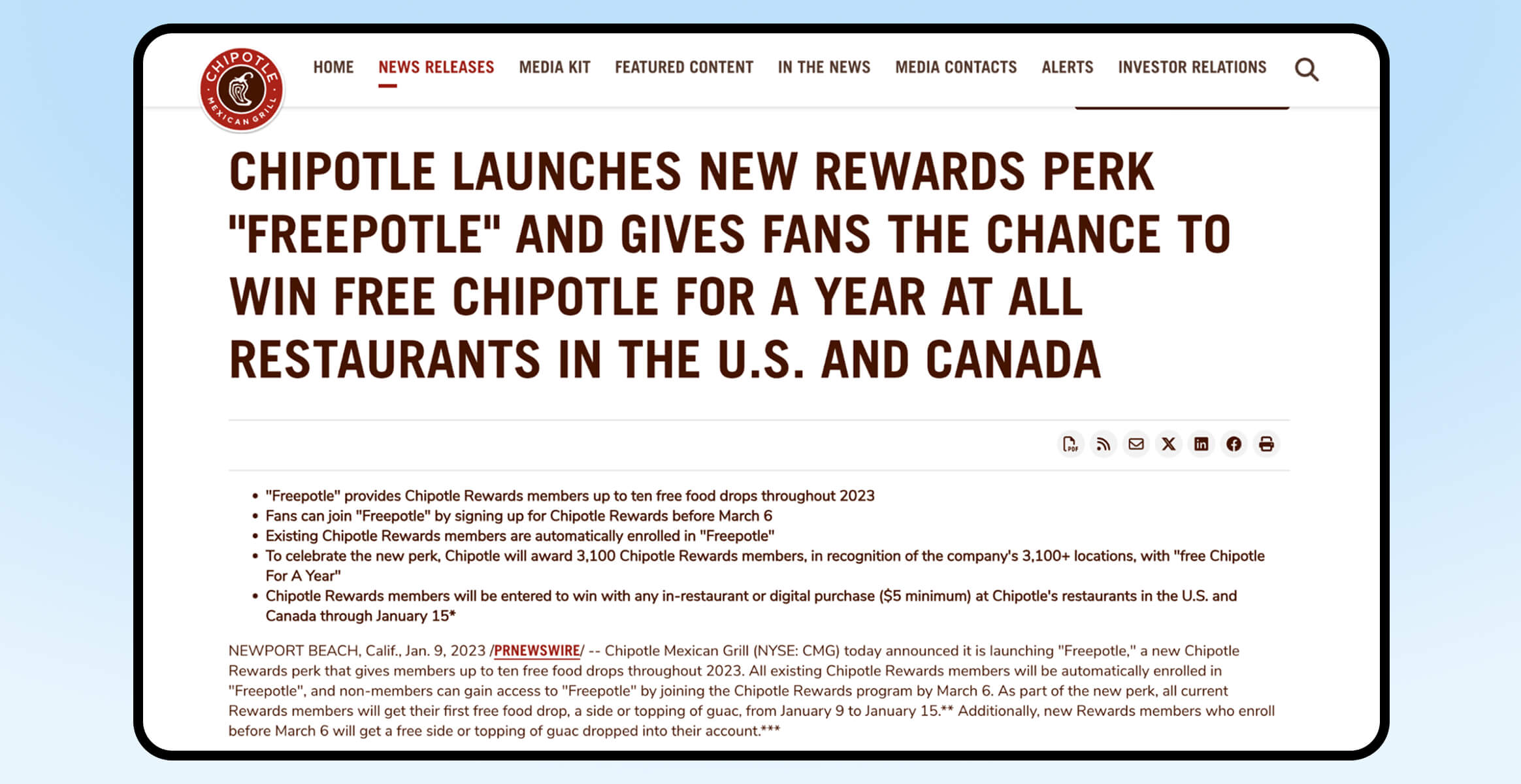
Recently, Chipotle added “Freepotle,” random free item drops for members, to gamify the experience. Unusually, Chipotle also ran a mass giveaway of “Free Chipotle for a Year” to 3,100 winners via the app and social contests.
The program is incredibly popular now with over 30 million members. This is the outcome of keeping rewards tangible, fun, surprise drops, and high-value for loyal customers.
5. Domino’s Rewards
Domino’s revamped its program to reward customers faster. Members now earn 10 points for every $5 spent (previously $10). Most importantly, Domino’s introduced tiered redemption: 20 points might buy a free side like bread bites or a drink, while 60 points gets a medium pizza or pasta.

This gives members a choice, smaller bites or big menu items, and accelerates rewards. By lowering thresholds, Domino’s makes rewards feel earned sooner, countering loyalty fatigue. The relaunch campaign featured special bonus deals, activating Domino’s loyalty base.
For more examples, refer to our comprehensive blog on customer loyalty program examples.
How CleverTap Helps You Build Smarter Loyalty Point Programs
CleverTap Promos is a full-fledged loyalty engine to power points-based programs. At its core is a flexible “loyalty wallet,” a credit-based system to issue, store, and manage points in real-time. Marketers define earning rules without coding: for example, award points on purchases, referrals, or any custom in-app action.
CleverTap’s APIs and no-code builder let you fire campaigns immediately when triggers happen. For example, if a user opens the app or makes an order, you can automatically credit points to their wallet.
On the redemption side, Promos tracks point balances and coupon usage, so every redemption is logged. Built-in analytics dashboards enable you to view redemption rates, point spend, and ROI for each campaign. You can A/B test different point values or expiration windows and optimize your strategy based on the data.
It lets you leverage customer segmentation, as you can target high-value customers with bonus point offers, or re-engage lurkers (“You’re 20 points from a reward!”) using their wallet balance as context. The platform supports multi-channel delivery through push, email, in-app, SMS, and WhatsApp, making it easier to send personalized reward nudges wherever users engage.
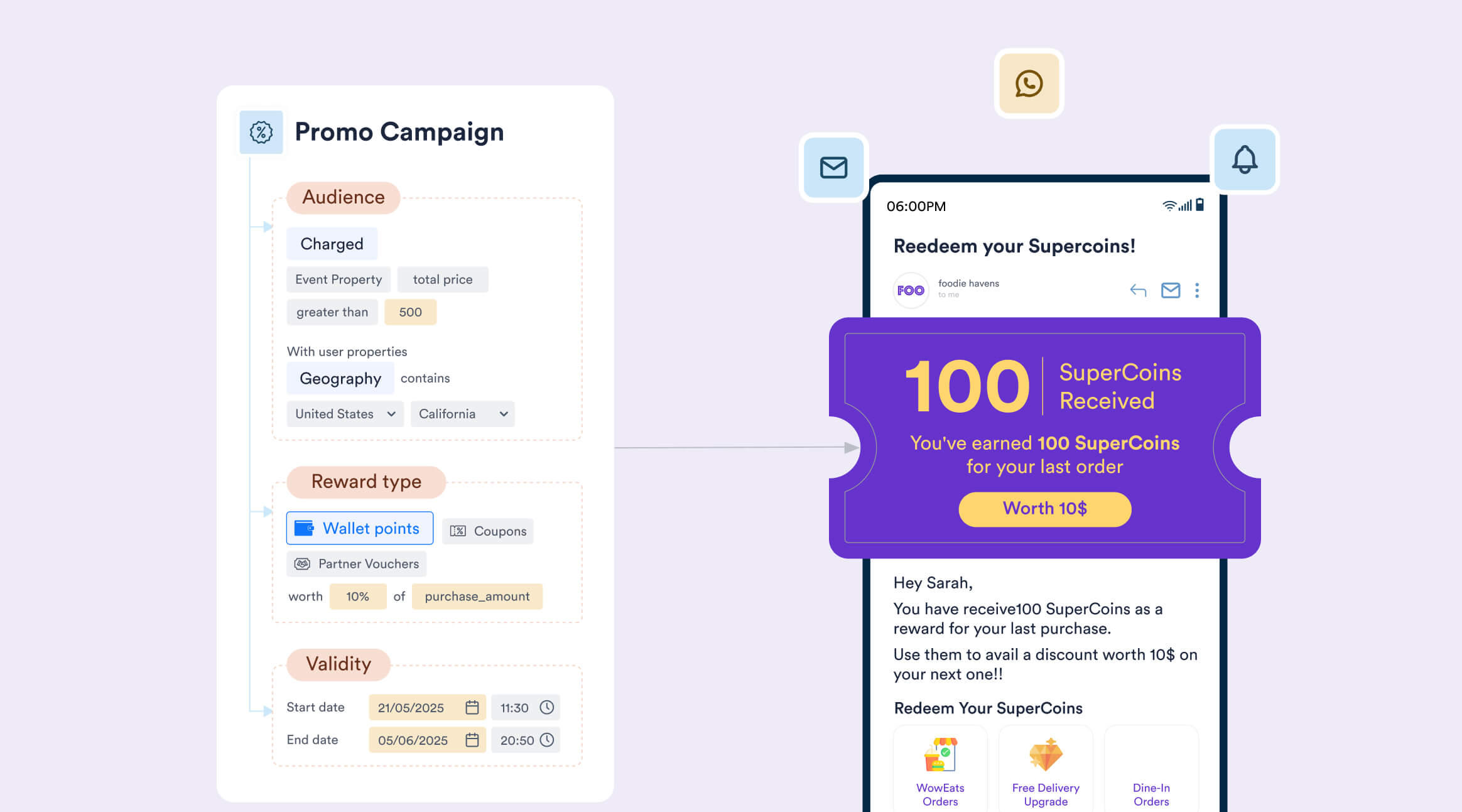
CleverTap customers build real-time rewards into their apps. For example, a gaming app could grant bonus points for leveling up, or a travel brand could credit loyalty points as soon as a booking is made.
You can also run creative promotions, such as seasonal contests or challenges, and instantly award points for completion. The system enforces controls, such as per-user caps or expiry policies, to prevent abuse.
Turn loyalty into long-term growth with CleverTap’s intelligent engagement platform.
Increase Lifetime Value With Loyalty Points
CleverTap ties loyalty programs back to user behavior and revenue.
As an engagement platform, it synchronizes loyalty rewards with personalization and segmentation. The same data used to personalize emails or notifications can drive your point rules.
The platform enables you to deliver targeted notifications and messaging across various channels to remind shoppers about your loyalty program. These can be nudges to shop again or use the points before they expire, among other things.
Explore CleverTap Promos to launch your points-based program and increase retention.
Subharun Mukherjee 
Heads Cross-Functional Marketing.Expert in SaaS Product Marketing, CX & GTM strategies.
Free Customer Engagement Guides
Join our newsletter for actionable tips and proven strategies to grow your business and engage your customers.

